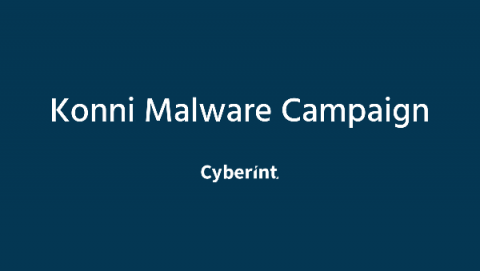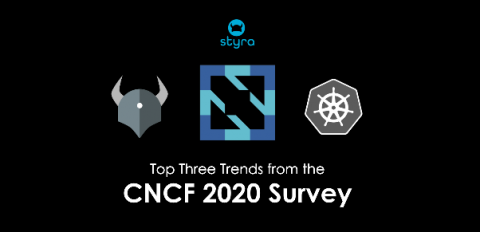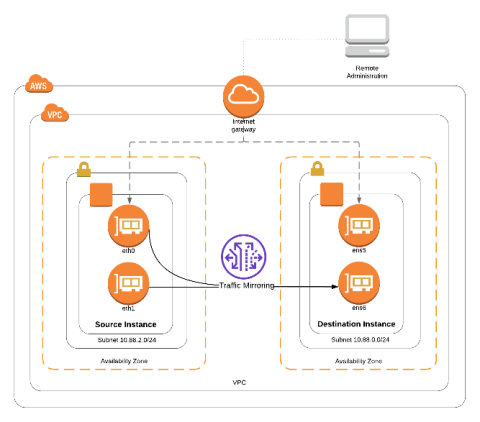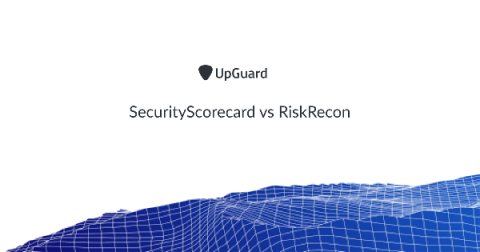The Business of Protecting Critical Content: Securing Unstructured Data Assets from the Inside-Out
The safety of business content is a top priority for every company. Especially at a time when data breaches and other cyberattacks threaten the stability of our systems, protecting our data is an essential corporate function.











